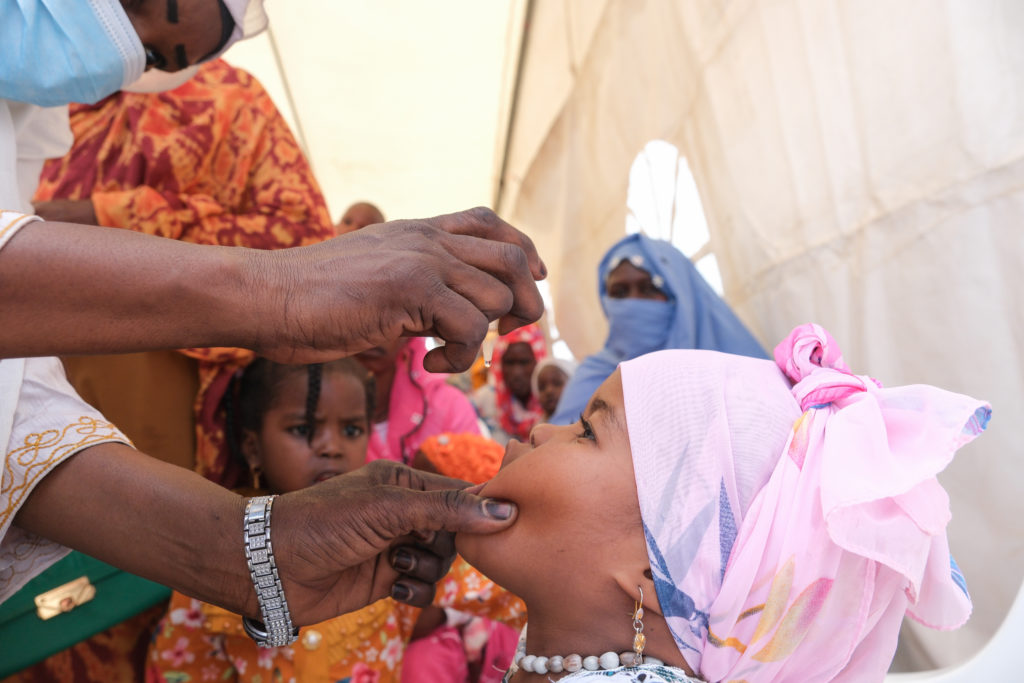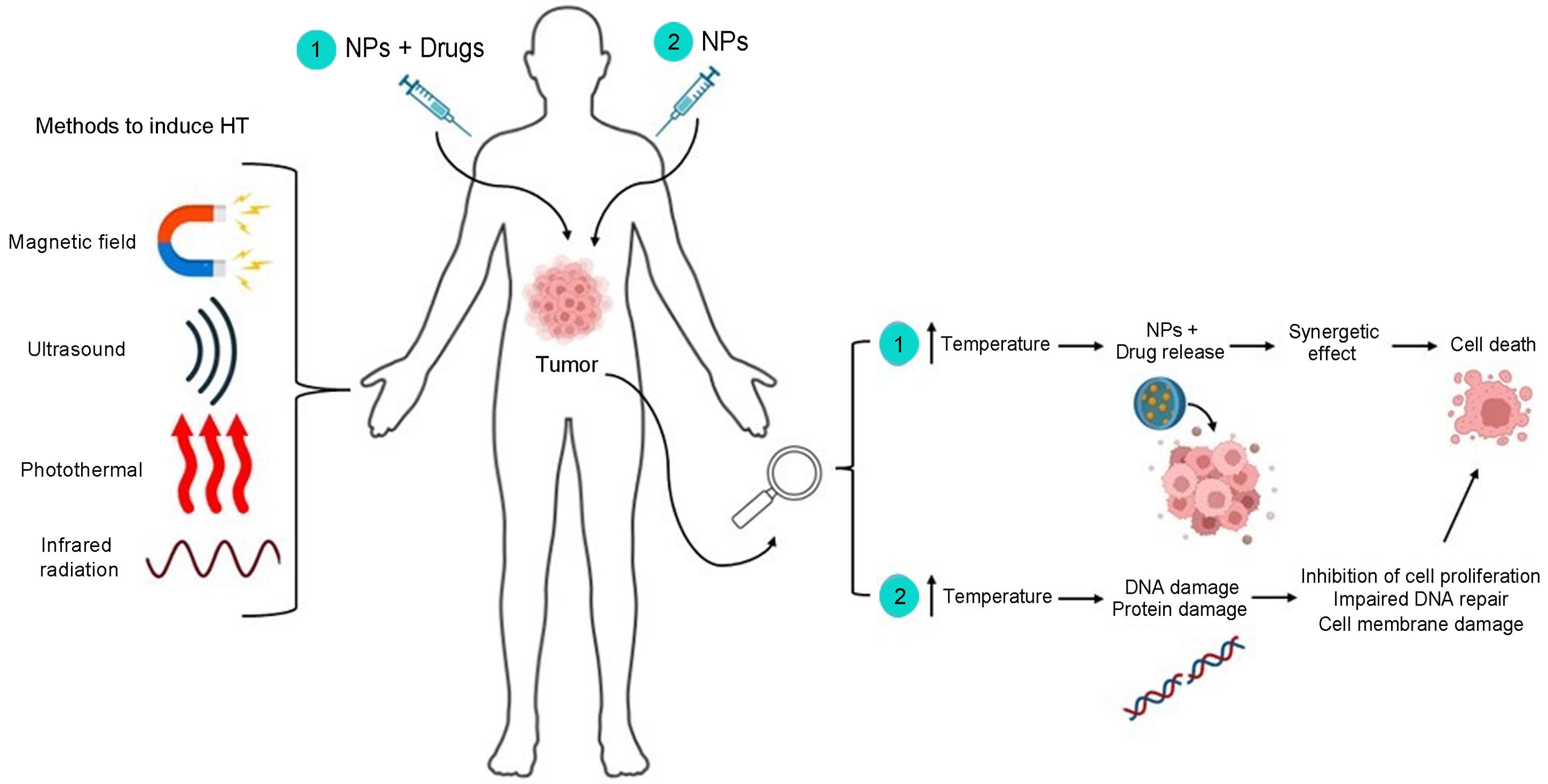WHO operational guidance for sustaining HIV, viral hepatitis and STI priority services in a changing funding landscape – World Health Organization (WHO)
/global-hiv-hepatitis-and-stis-programmes-(hhs)/sustaining-hiv-hepatitis-stis-services-operational-guidance.tmb-479v.png?sfvrsn=d41cd658_1)
Pre-launch Global Webinar Report
Overview
The World Health Organization (WHO) is set to conduct a pre-launch global webinar focusing on the operational guidance designed to sustain priority services for HIV, viral hepatitis, and sexually transmitted infections (STIs) amid a changing funding landscape. This guidance aligns with the Sustainable Development Goals (SDGs), particularly SDG 3 (Good Health and Well-being), by promoting inclusive and transparent prioritization processes to maintain essential health services.
The operational guidance serves as a comprehensive planning checklist, outlining key steps to:
- Prepare for service prioritization;
- Define the scope of services;
- Implement prioritization actions;
- Communicate effectively with stakeholders;
- Monitor progress and outcomes;
- Sustain prioritized services while addressing population and health system needs.
Emphasis is placed on system-wide prioritization actions, supporting countries in achieving universal health coverage and reducing inequalities, in line with SDG 10 (Reduced Inequalities).
Objectives
- Provide an overview of the upcoming WHO operational guidance to sustain HIV, viral hepatitis, and STI priority services;
- Explore how countries and communities can adapt and tailor the guidance for national prioritization planning;
- Discuss the application of the guidance across different stages of country progress and diverse population needs.
The webinar will be conducted in English with simultaneous interpretation available in French to ensure inclusivity and accessibility.
Date and Time
Wednesday, 2 July 2024 | 12:00 – 13:30 (CEST)
Agenda
Moderator: Nirina Razakasoa (Global HIV, Hepatitis and STIs Programmes, WHO)
| Welcome and Objectives |
|
| Sustaining HIV, Viral Hepatitis and STI Priority Services in a Changing Funding Landscape: Operational Guidance |
|
| Panel Discussion: Experiences from Countries and Communities |
|
| Questions and Answers | Moderated by Cheryl Johnson (Global HIV, Hepatitis and STIs Programmes, WHO) |
| Key Messages and Closing | Meg Doherty (Director, Global HIV, Hepatitis and STIs Programmes, WHO) |
Alignment with Sustainable Development Goals (SDGs)
- SDG 3: Good Health and Well-being – Ensuring sustained access to essential HIV, viral hepatitis, and STI services contributes to reducing the global burden of communicable diseases.
- SDG 10: Reduced Inequalities – The guidance promotes inclusive prioritization processes that address the needs of vulnerable and marginalized populations.
- SDG 17: Partnerships for the Goals – The webinar encourages collaboration among countries, communities, and global partners to adapt and implement the guidance effectively.
This initiative underscores WHO’s commitment to supporting countries in maintaining critical health services despite financial challenges, thereby advancing global health equity and sustainable development.
1. Sustainable Development Goals (SDGs) Addressed or Connected
- SDG 3: Good Health and Well-being
- The article focuses on sustaining HIV, viral hepatitis, and STI priority services, which directly relates to ensuring healthy lives and promoting well-being for all ages.
- SDG 17: Partnerships for the Goals
- The webinar involves multiple stakeholders including WHO, country ministries of health, and community representatives, highlighting the importance of partnerships and collaboration in health financing and service prioritization.
2. Specific Targets Under Those SDGs
- SDG 3 Targets
- Target 3.3: End the epidemics of AIDS, tuberculosis, malaria and neglected tropical diseases and combat hepatitis, water-borne diseases and other communicable diseases.
- Target 3.8: Achieve universal health coverage, including financial risk protection and access to quality essential health-care services.
- SDG 17 Targets
- Target 17.9: Enhance international support for implementing effective and targeted capacity-building in developing countries to support national plans to implement all the sustainable development goals.
- Target 17.18: Enhance capacity-building support to increase availability of high-quality, timely and reliable data.
3. Indicators Mentioned or Implied to Measure Progress
- Indicators for SDG 3 Targets
- Indicator 3.3.1: Number of new HIV infections per 1,000 uninfected population, by sex, age and key populations.
- Indicator 3.3.2: Tuberculosis incidence per 100,000 population.
- Indicator 3.8.1: Coverage of essential health services (defined as the average coverage of essential services based on tracer interventions).
- Indicator 3.8.2: Proportion of population with large household expenditures on health as a share of total household expenditure or income.
- Indicators for SDG 17 Targets
- Indicator 17.9.1: Dollar value of financial and technical assistance committed to developing countries.
- Indicator 17.18.1: Proportion of sustainable development indicators produced at the national level with full disaggregation when relevant to the target.
- Implied Indicators
- Monitoring and sustaining service prioritization processes as mentioned in the operational guidance implies the use of indicators related to service coverage, funding levels, and population needs assessments.
- Tracking the impact of aid cuts and the adaptation of national prioritization plans suggests the use of financial and programmatic indicators to measure resilience and continuity of services.
4. Table of SDGs, Targets, and Indicators
| SDGs | Targets | Indicators |
|---|---|---|
| SDG 3: Good Health and Well-being |
|
|
| SDG 17: Partnerships for the Goals |
|
|
Source: who.int

What is Your Reaction?
 Like
0
Like
0
 Dislike
0
Dislike
0
 Love
0
Love
0
 Funny
0
Funny
0
 Angry
0
Angry
0
 Sad
0
Sad
0
 Wow
0
Wow
0















































































